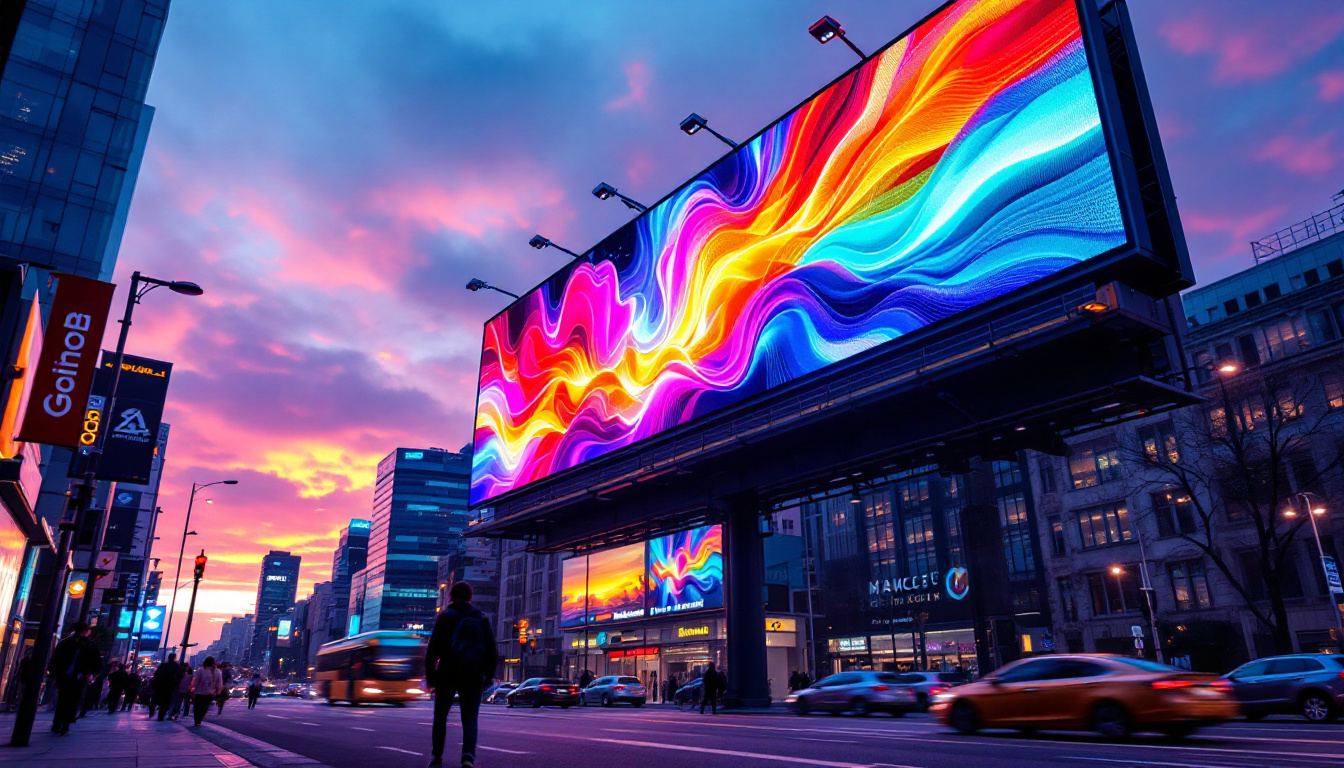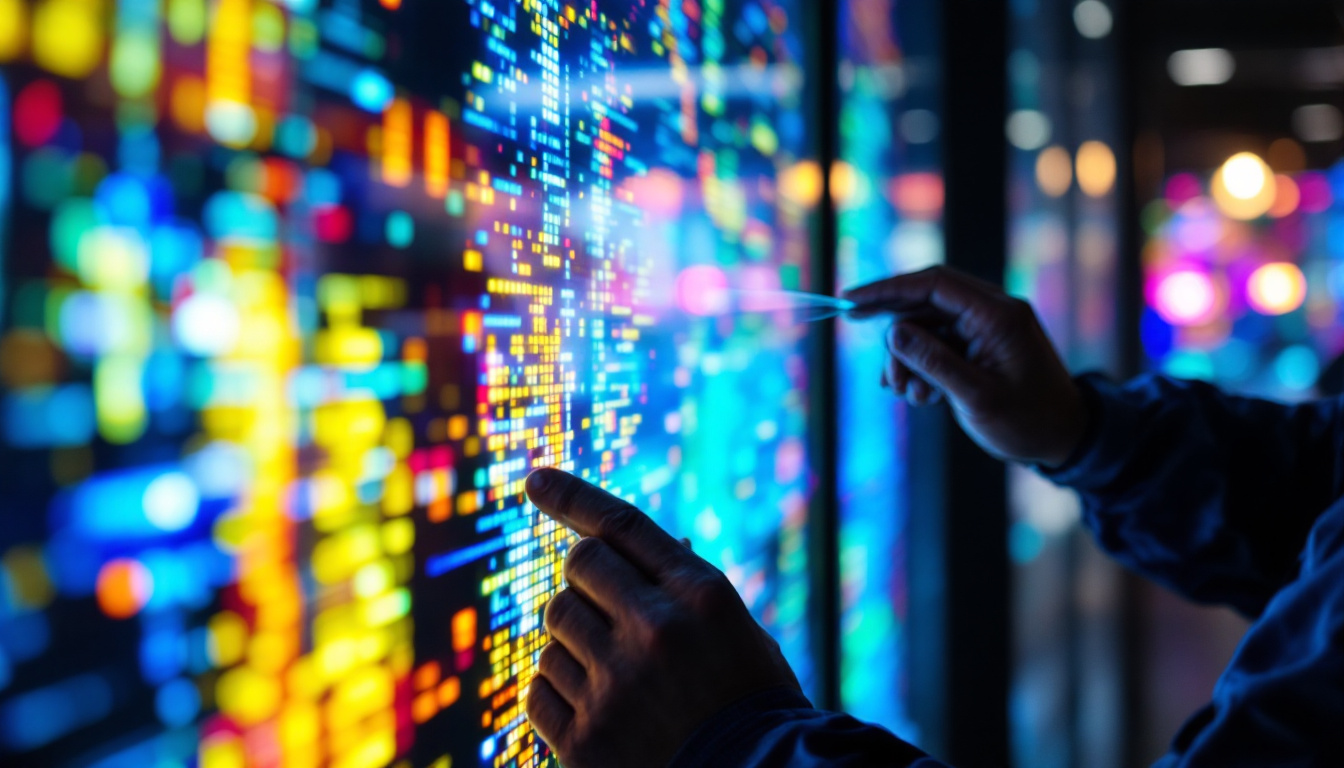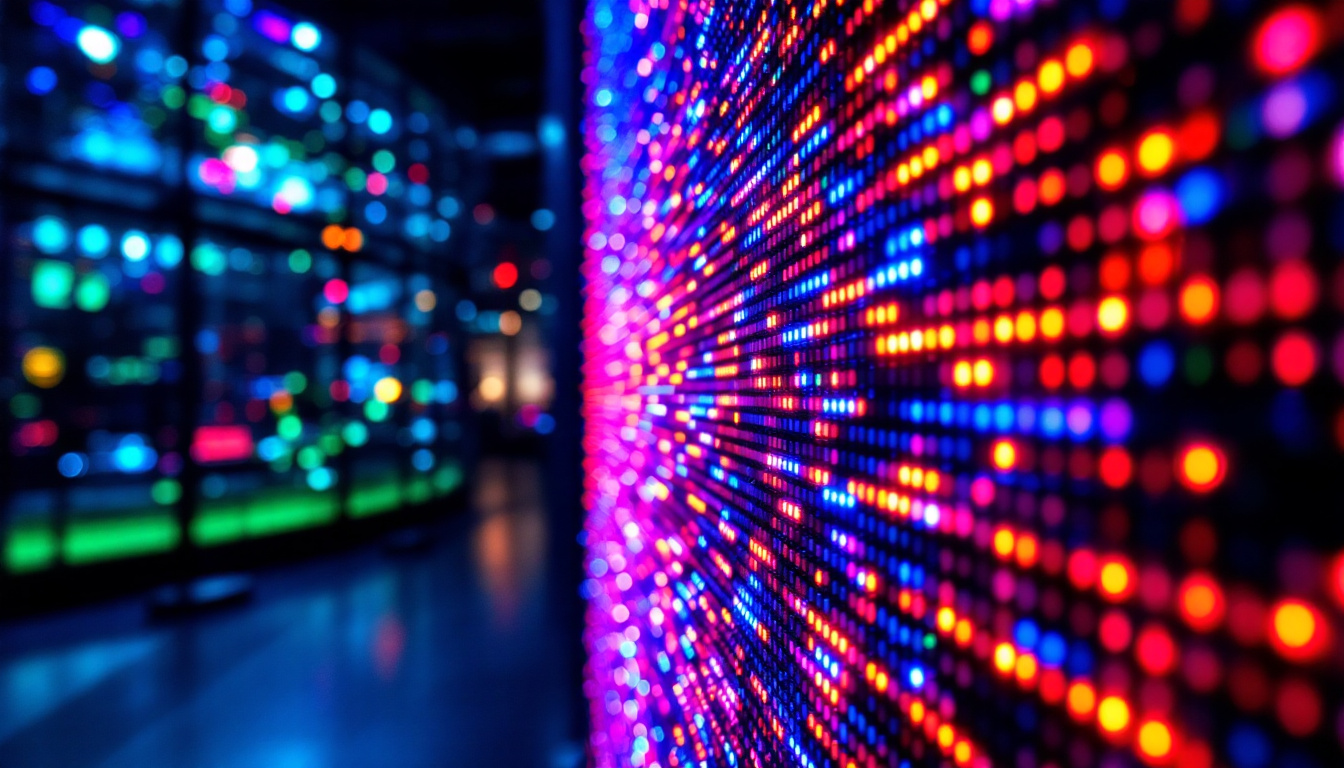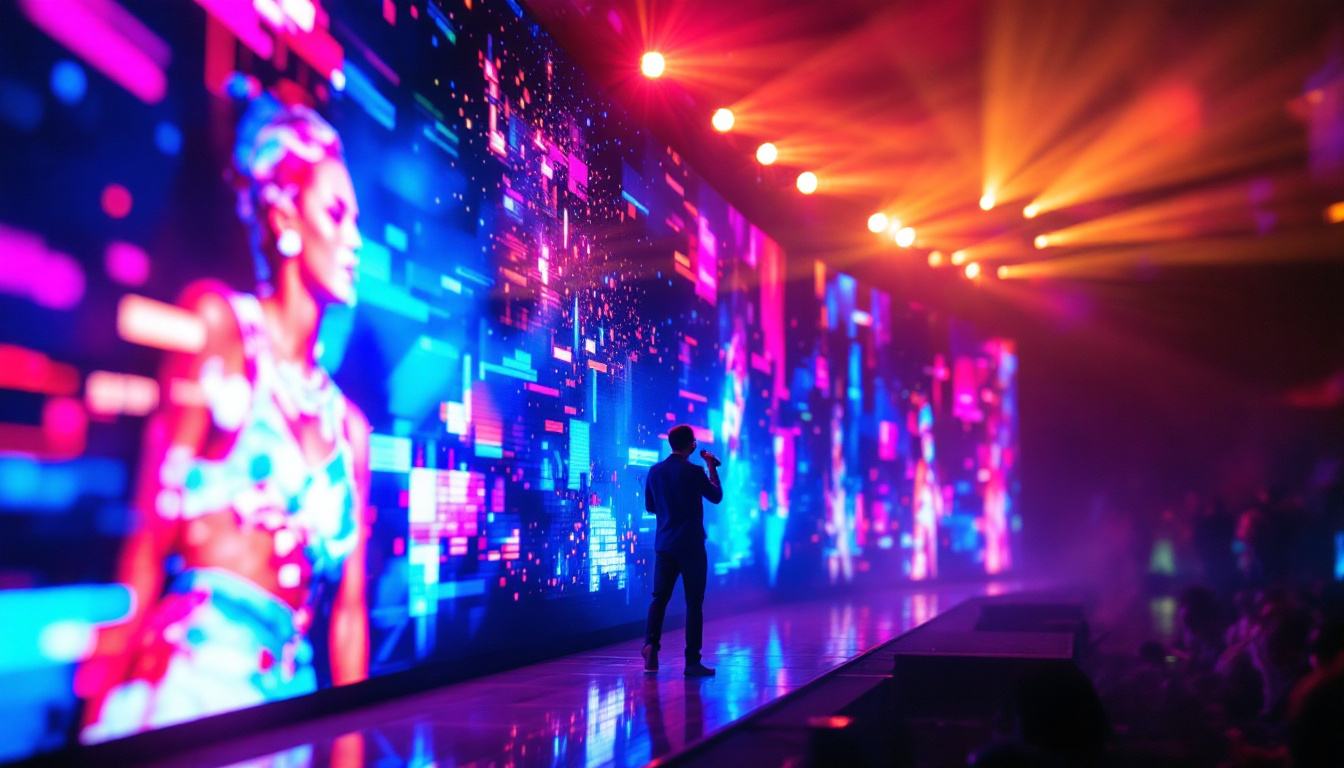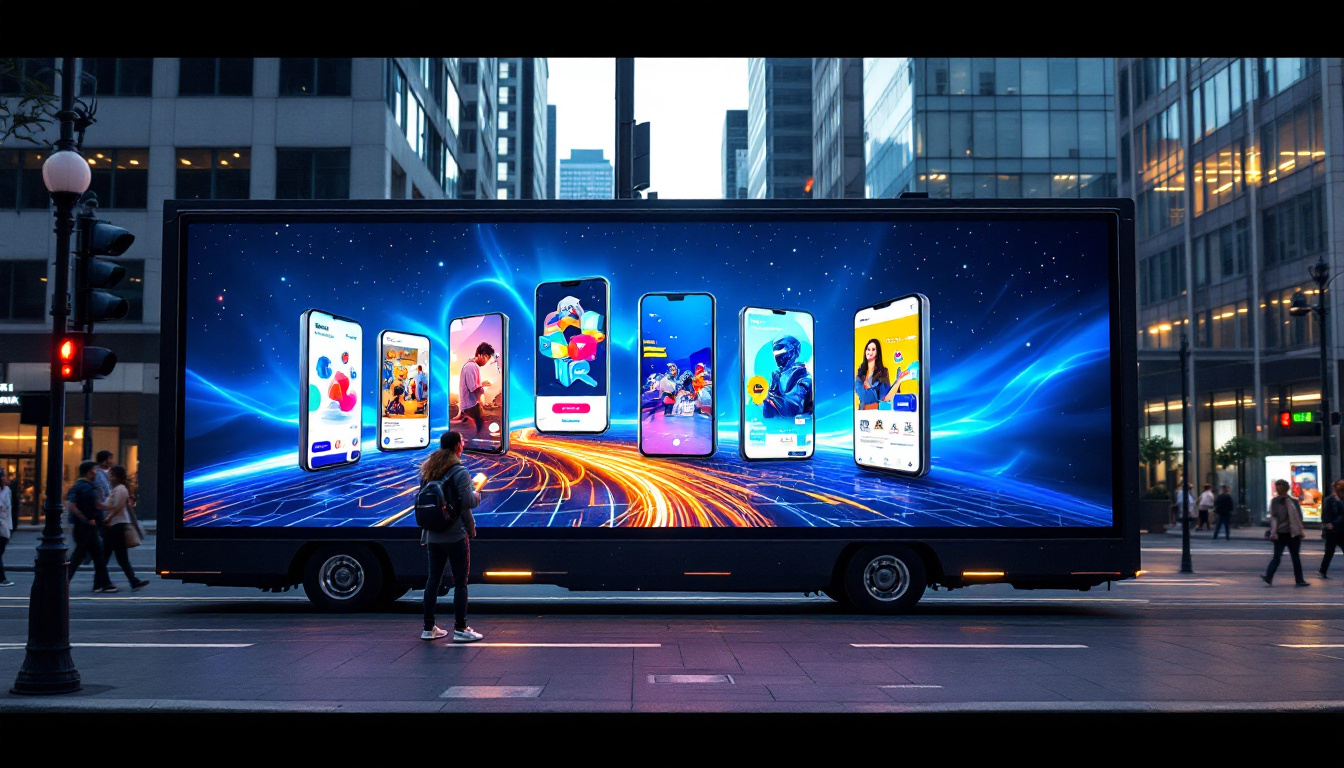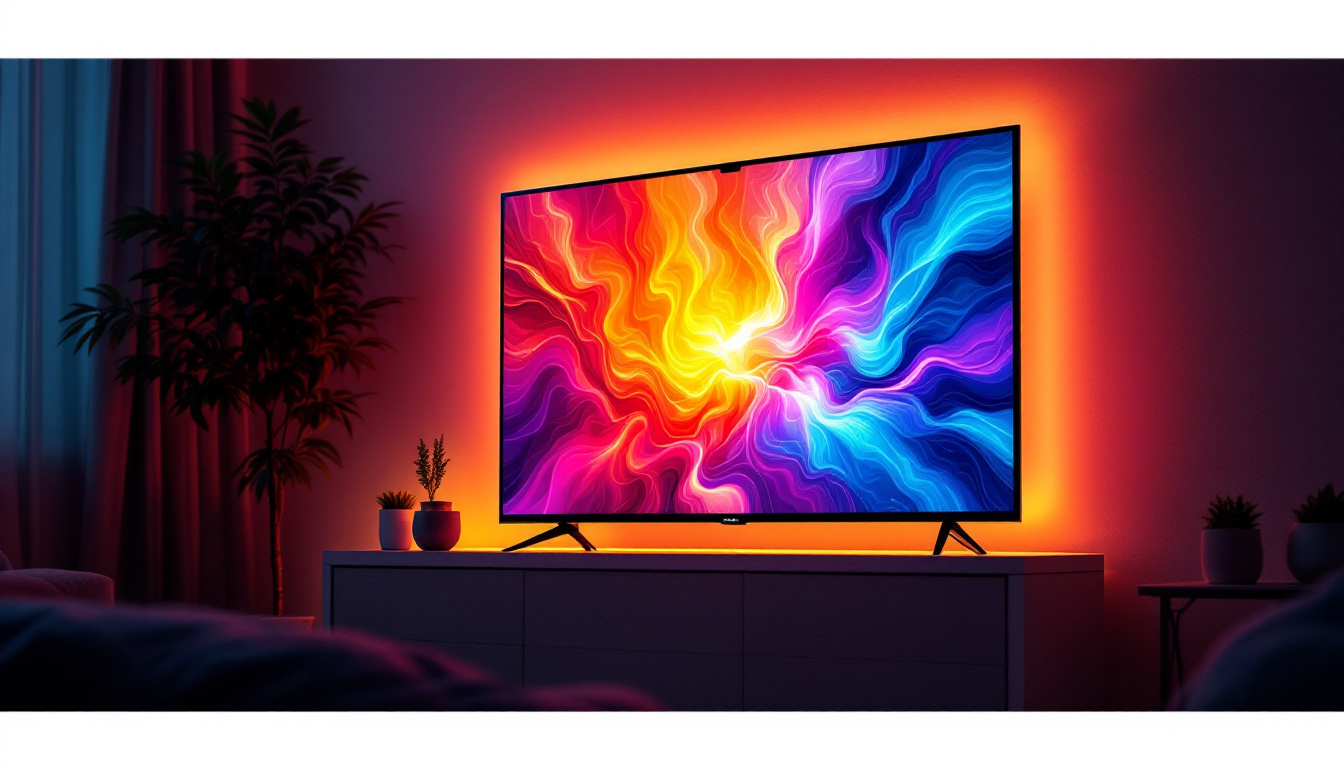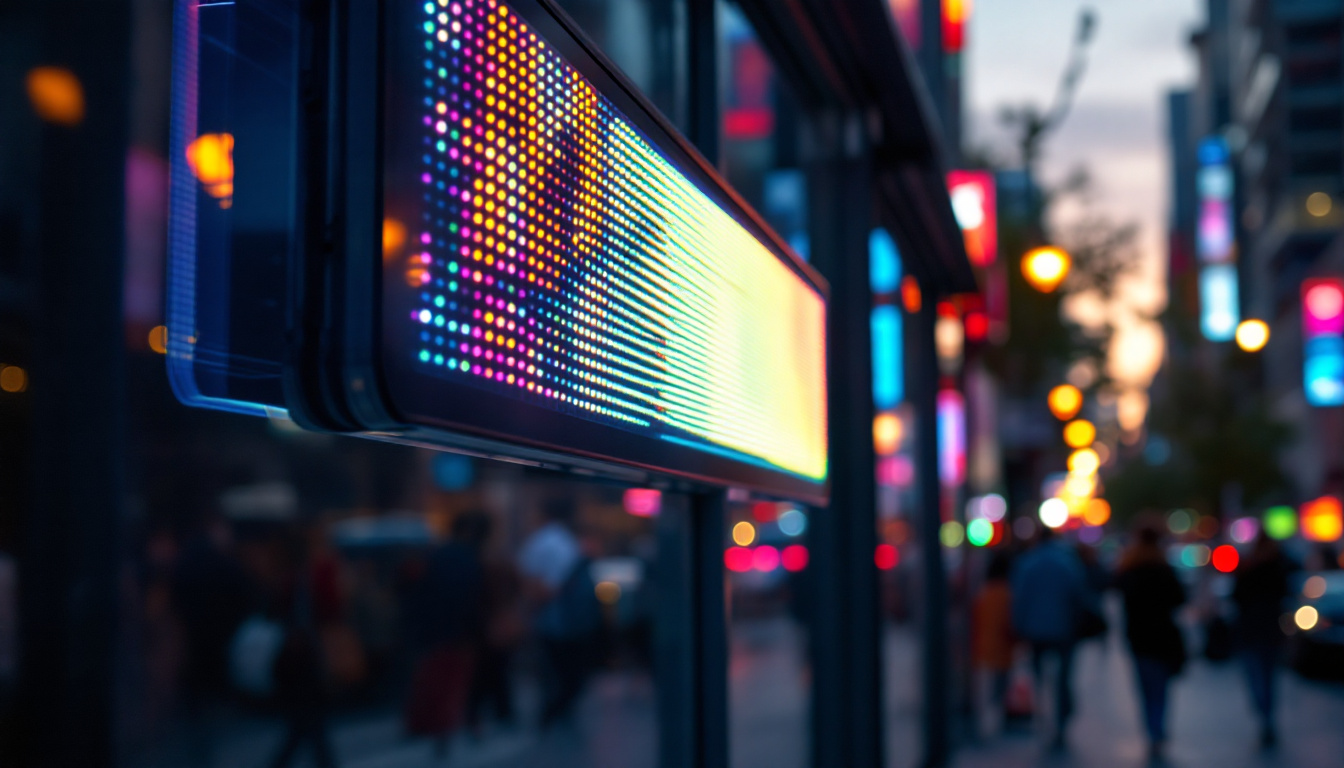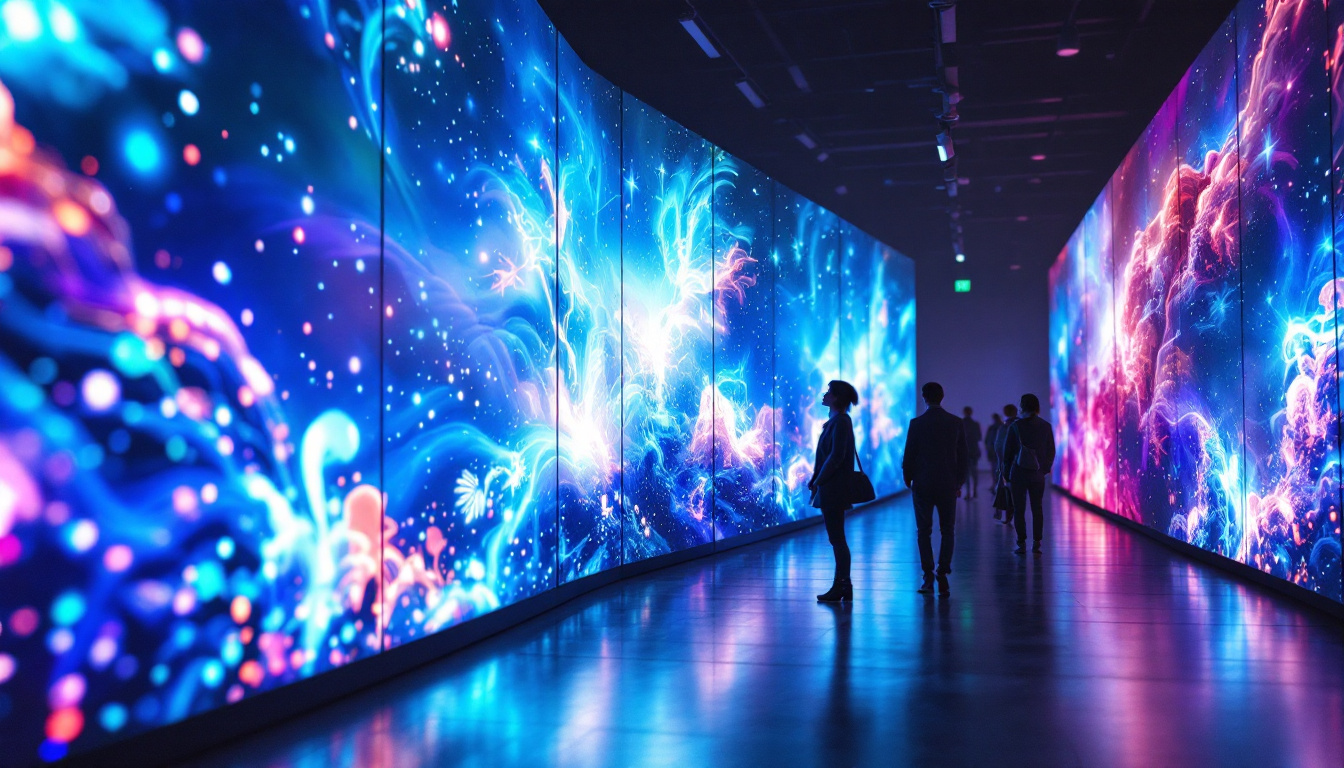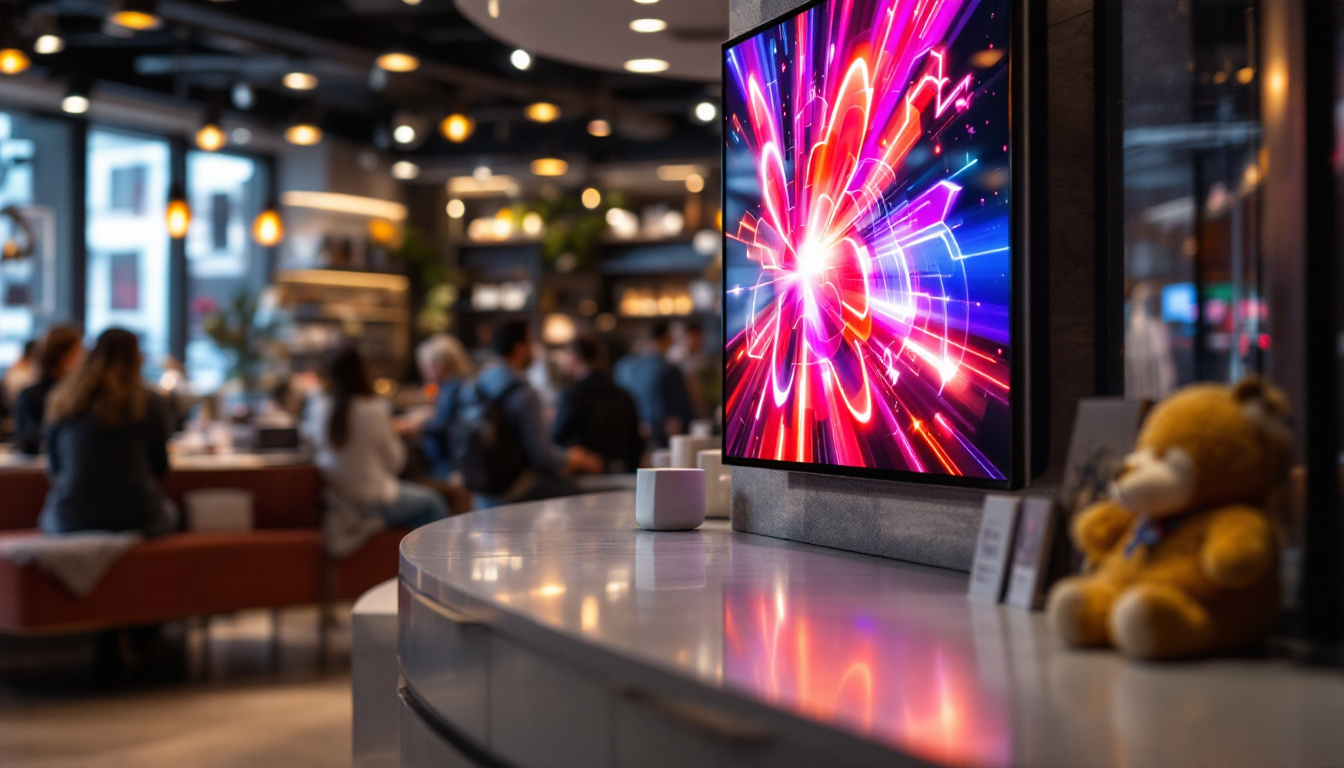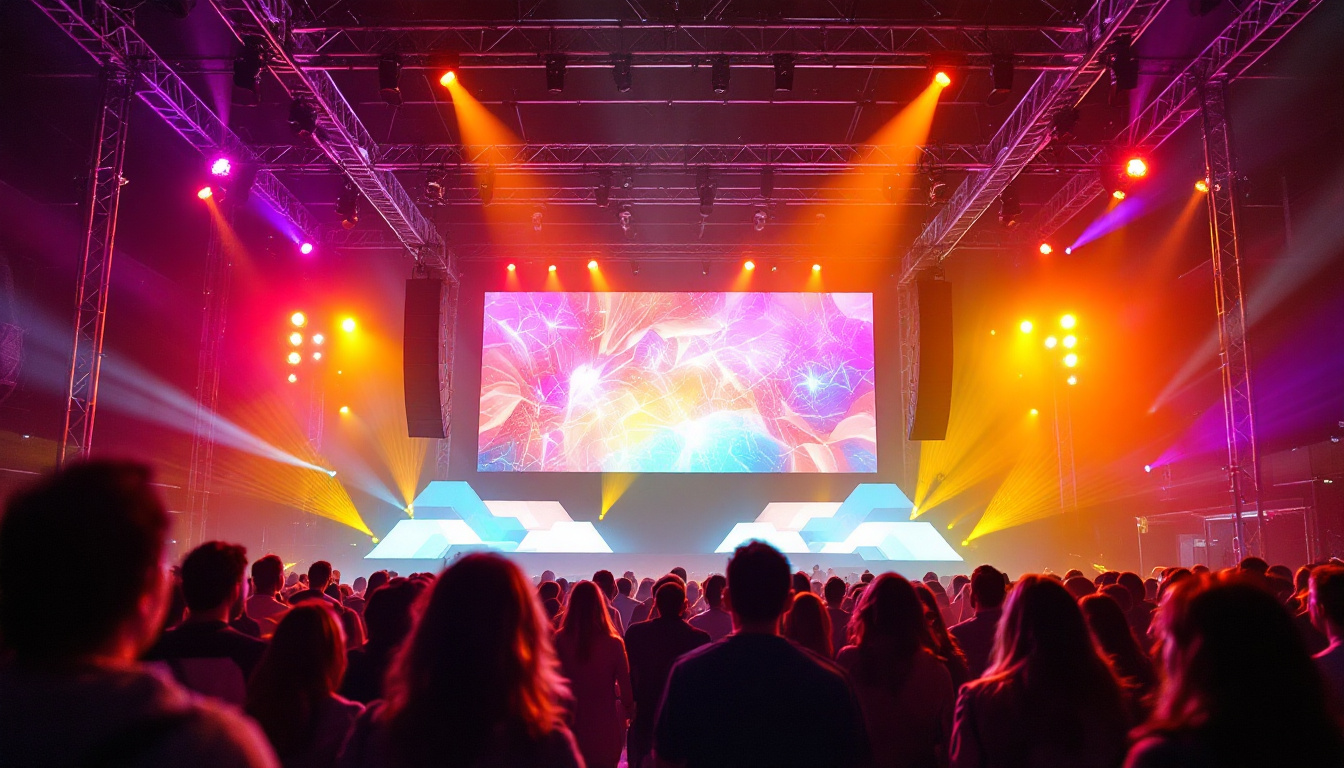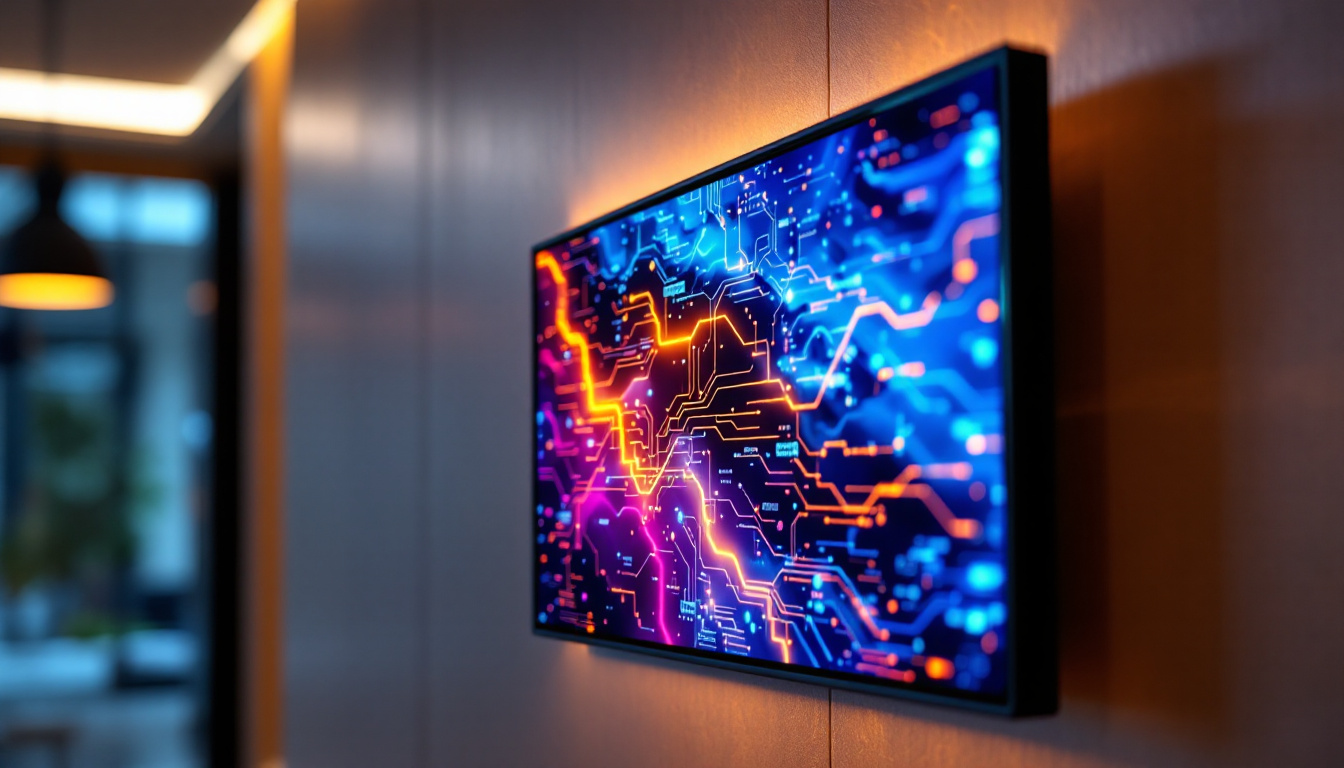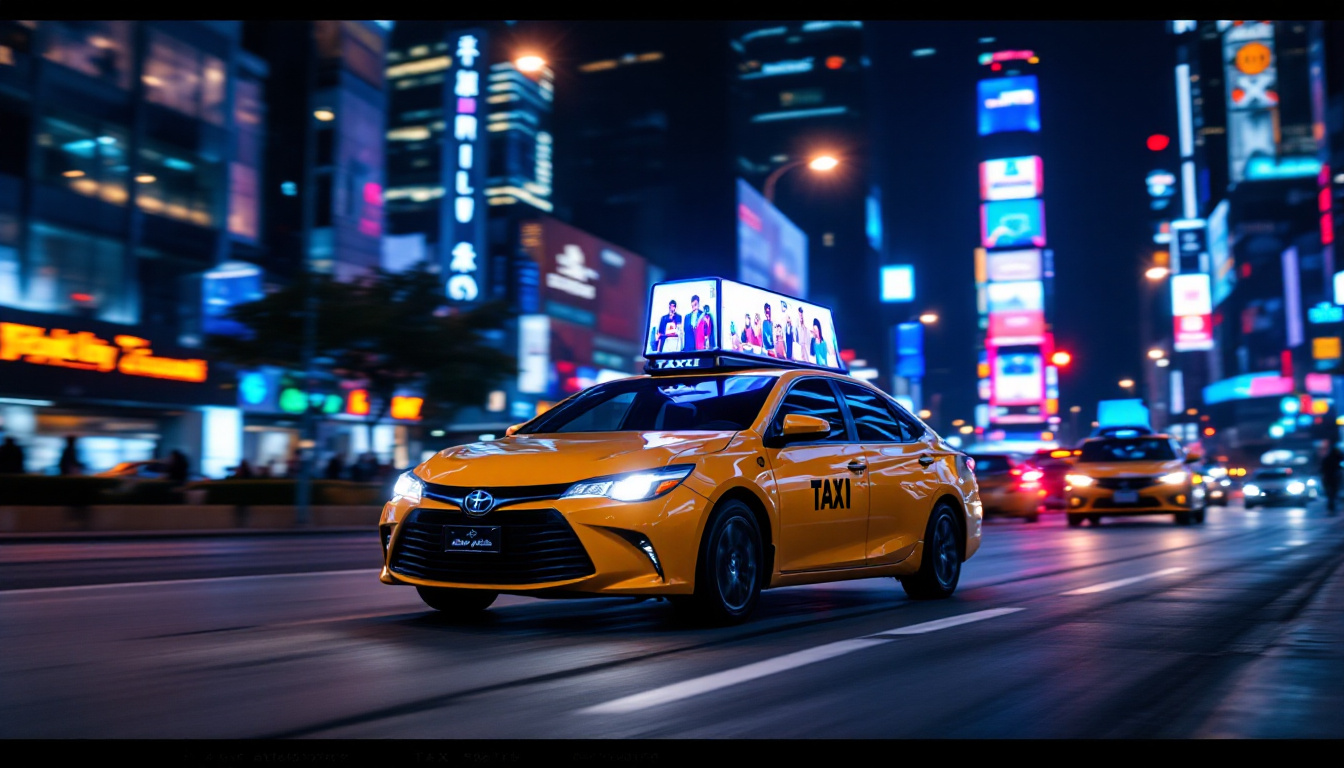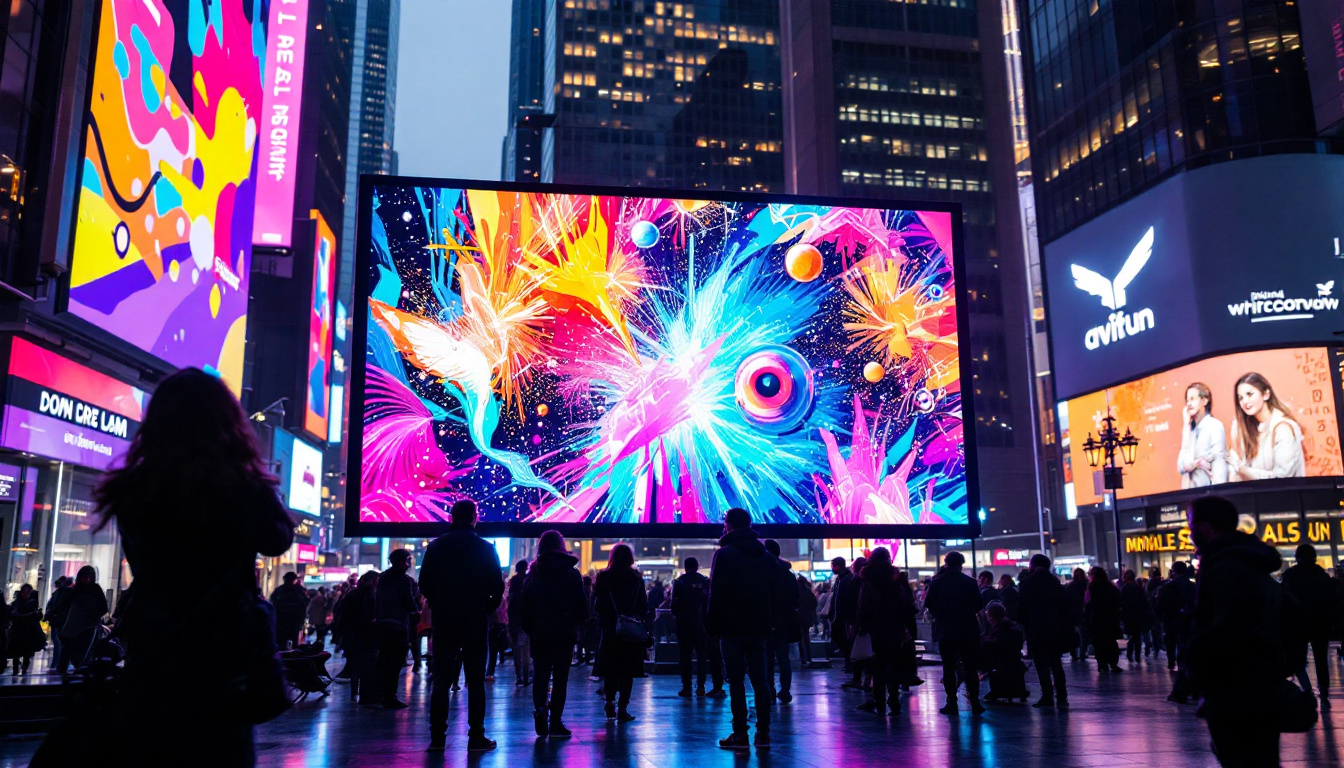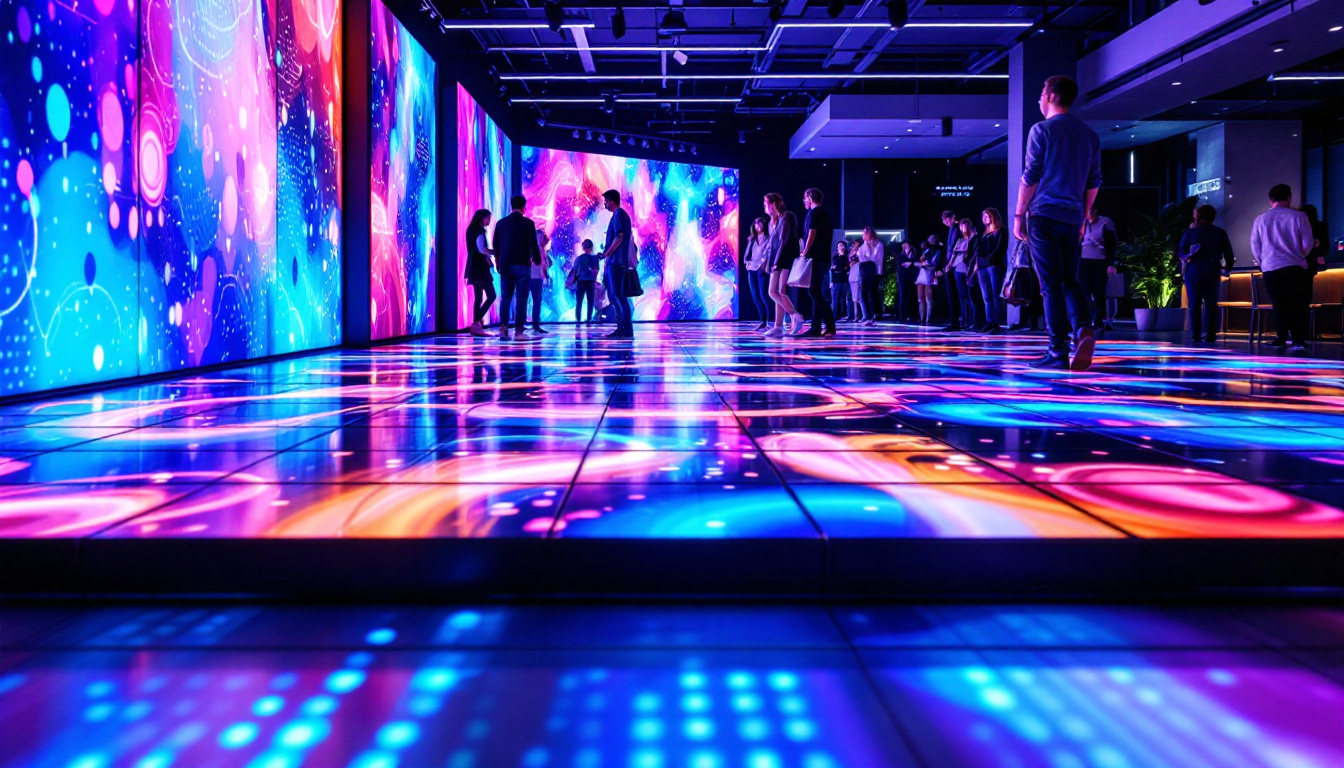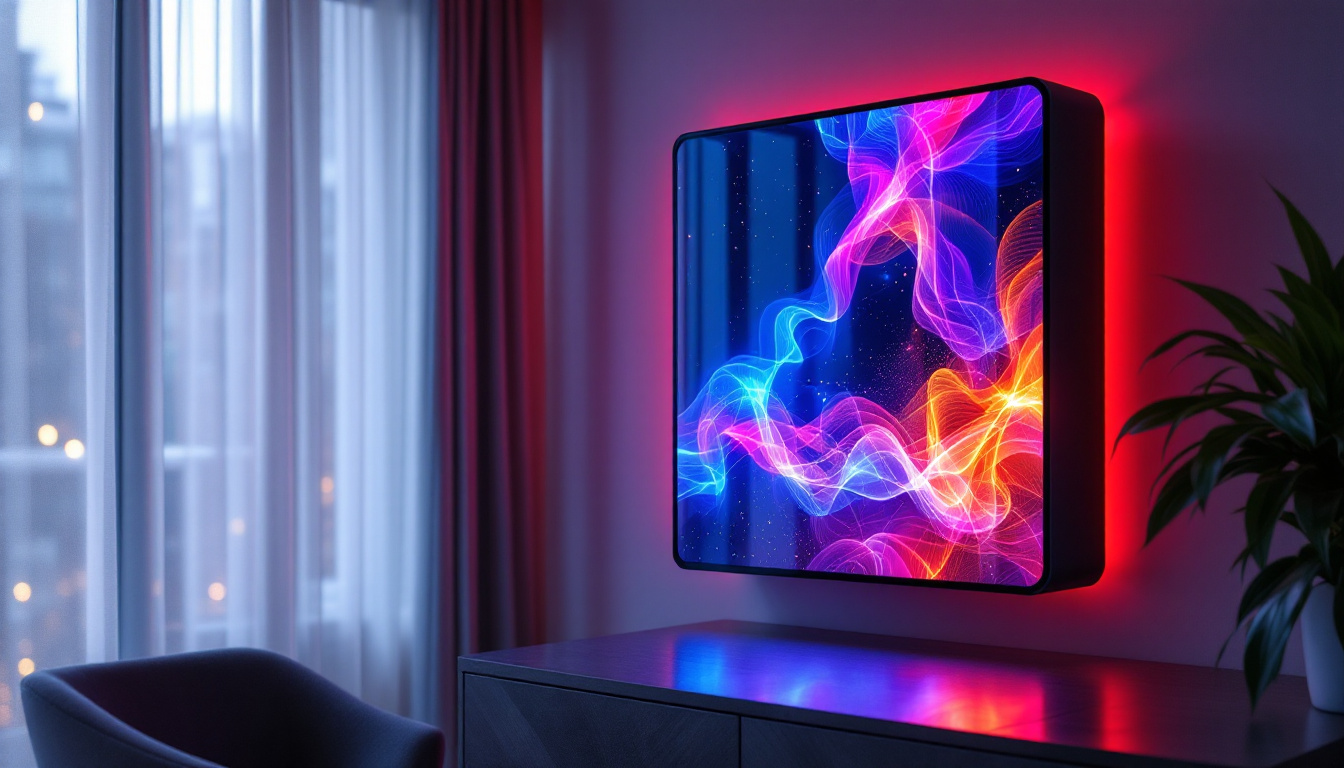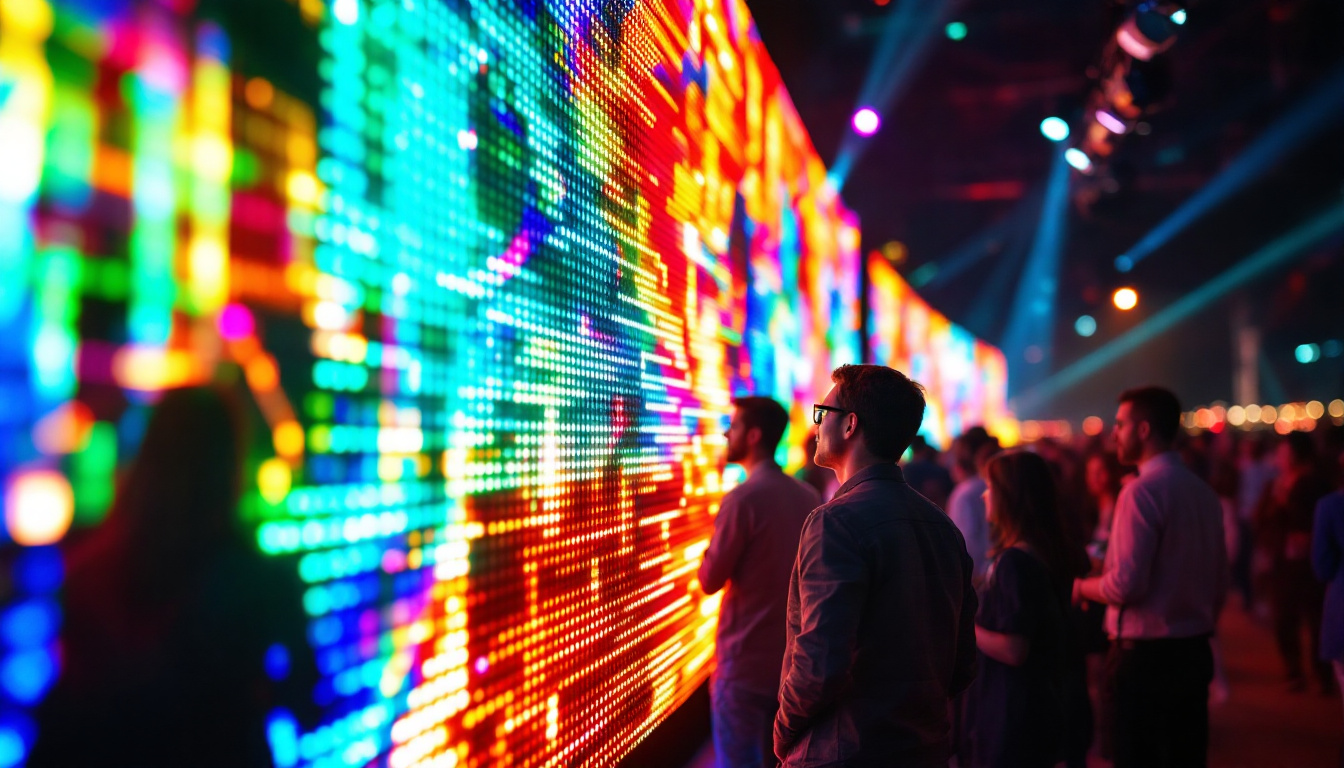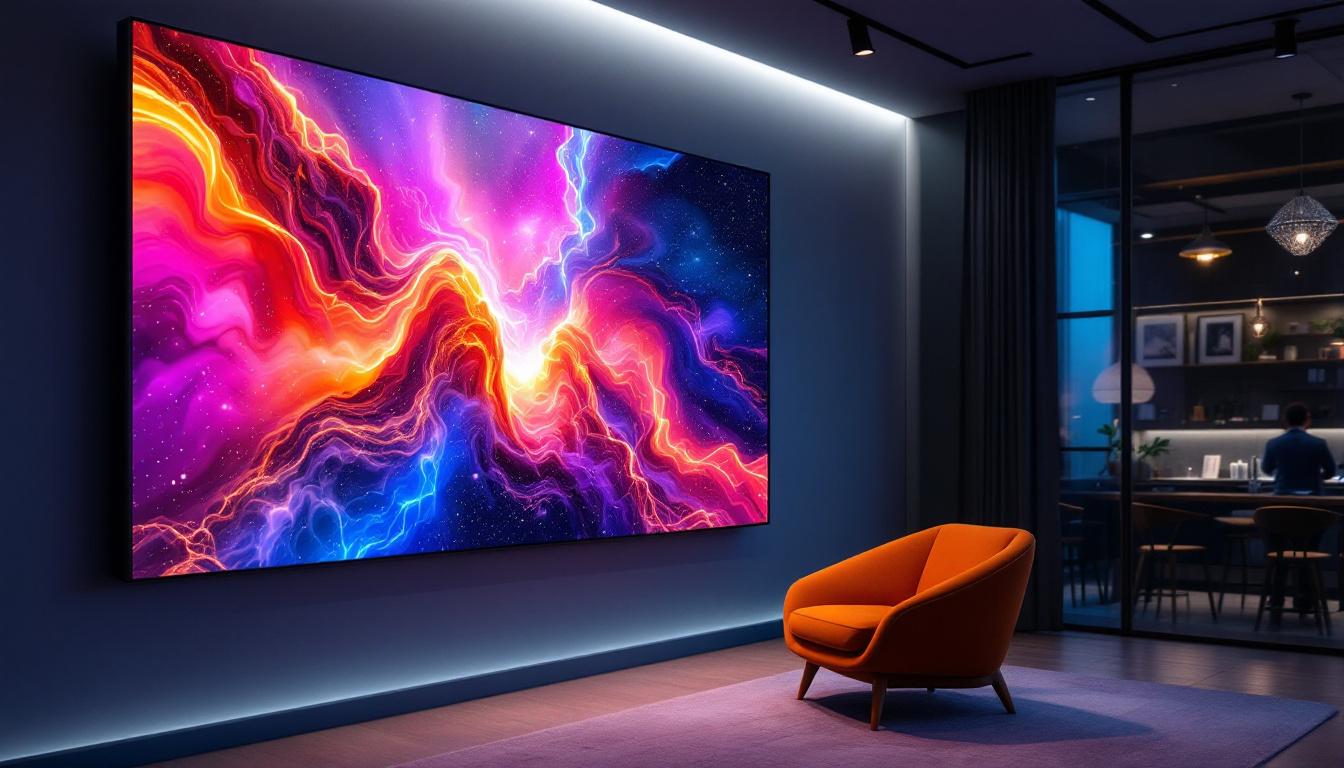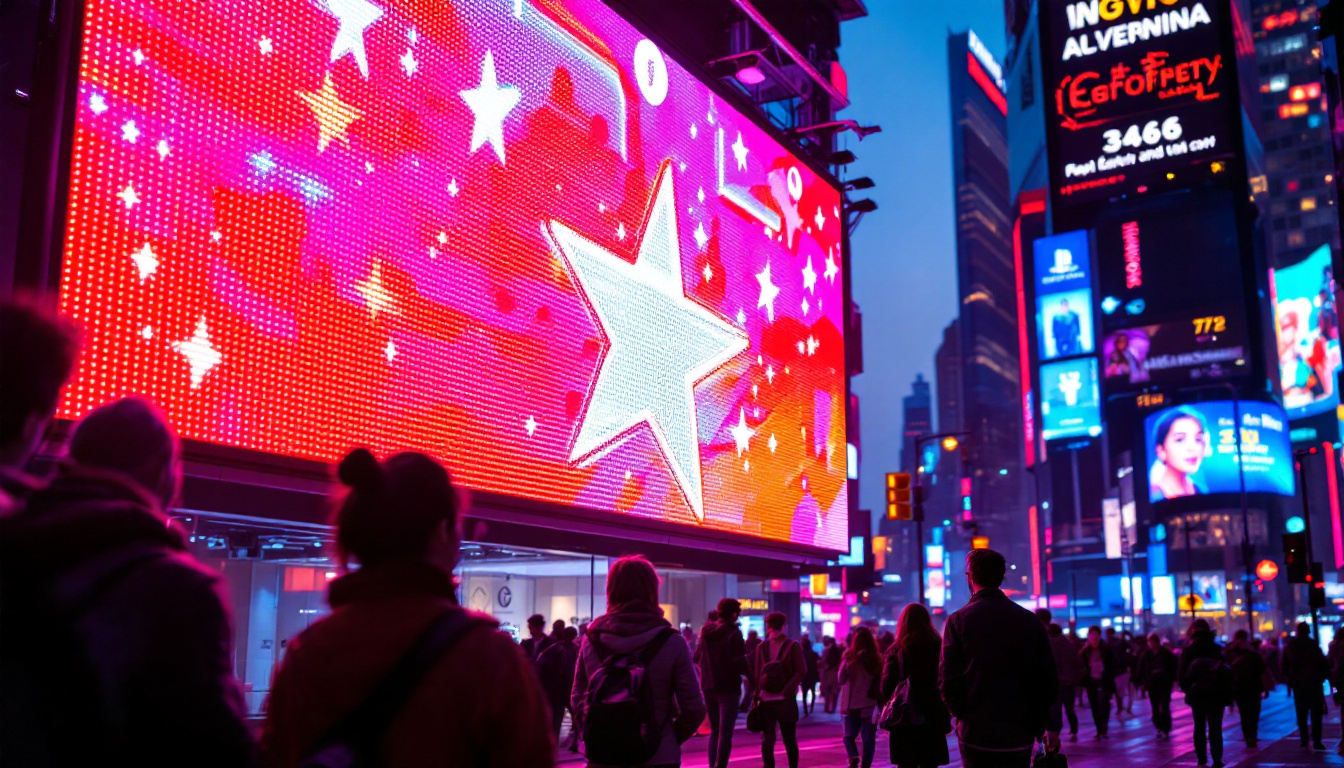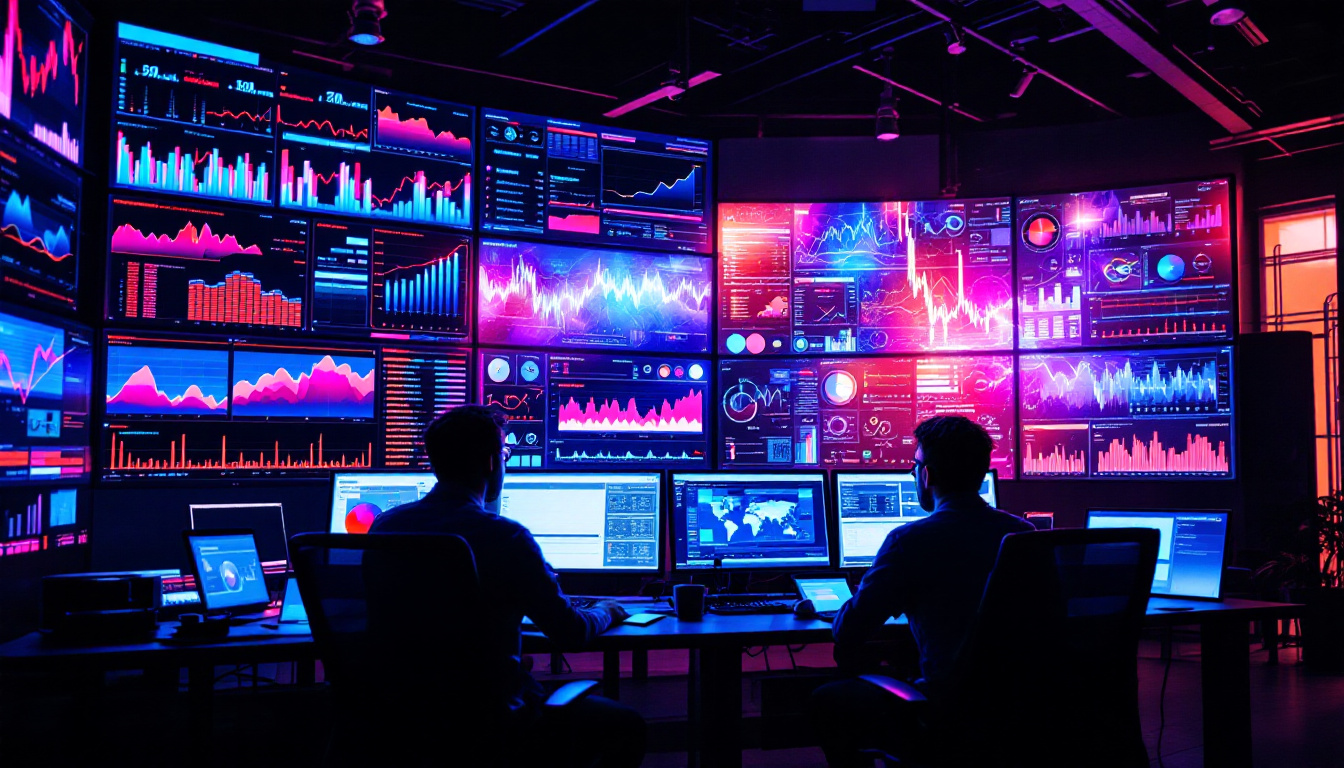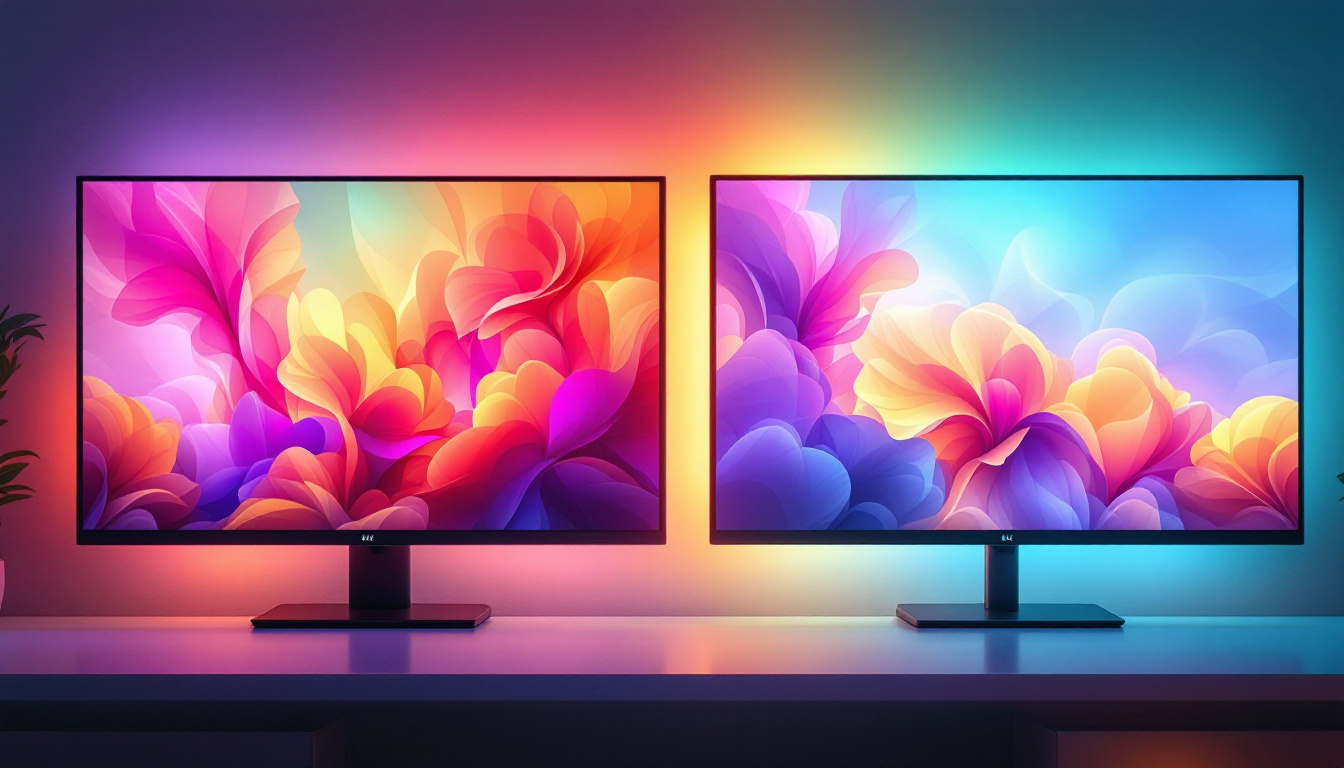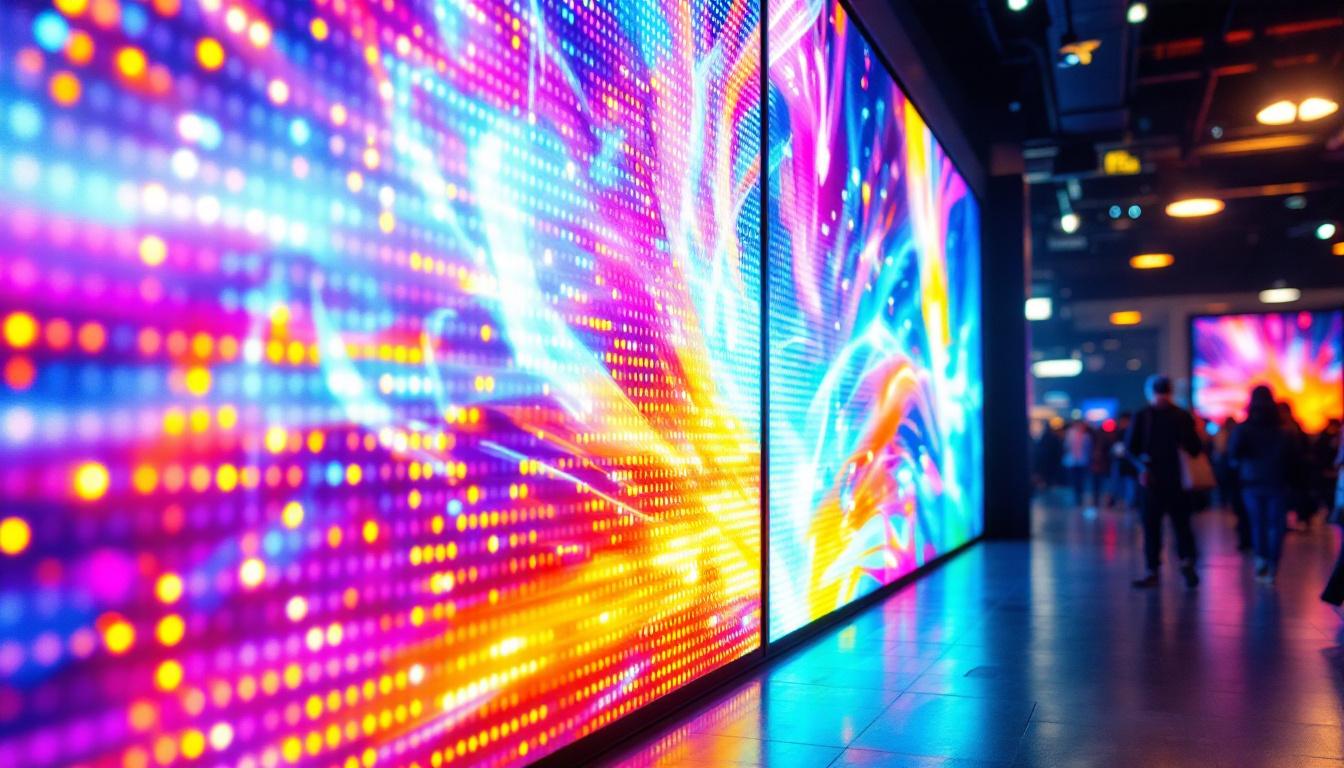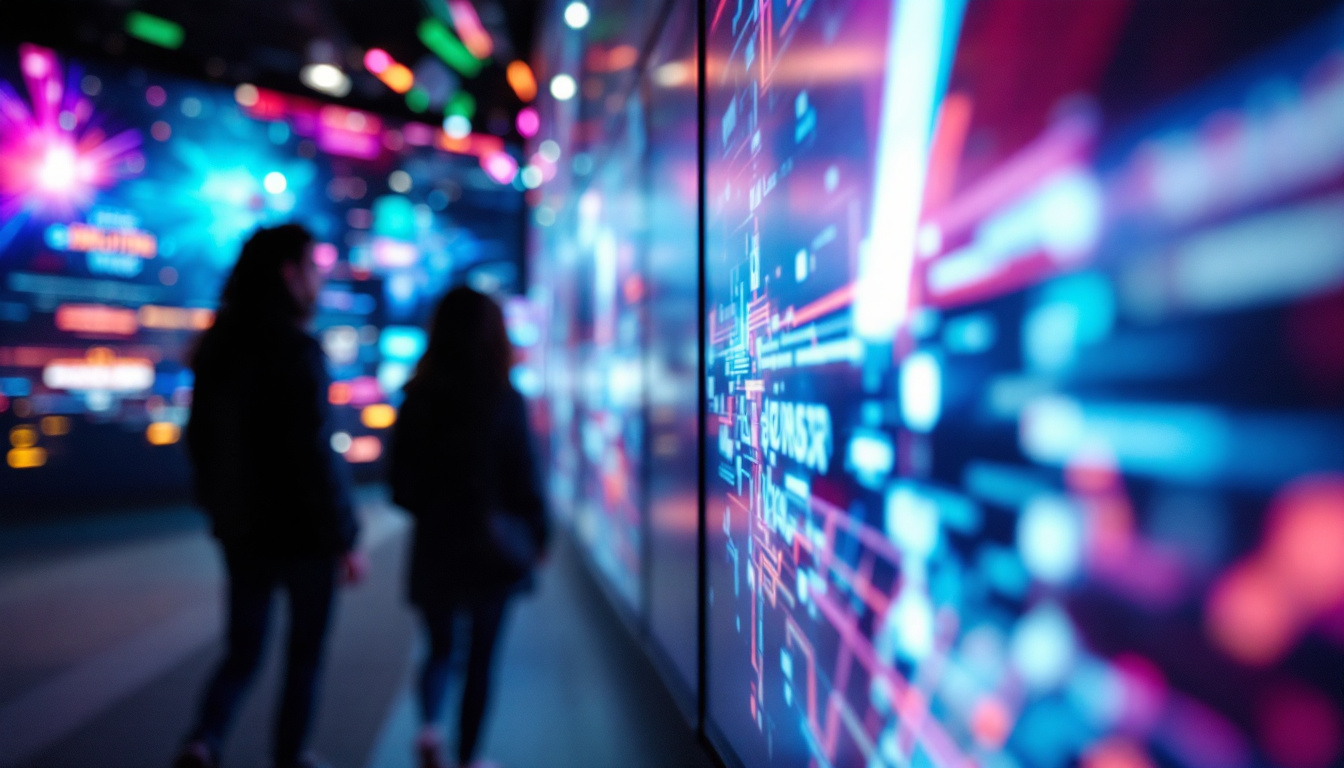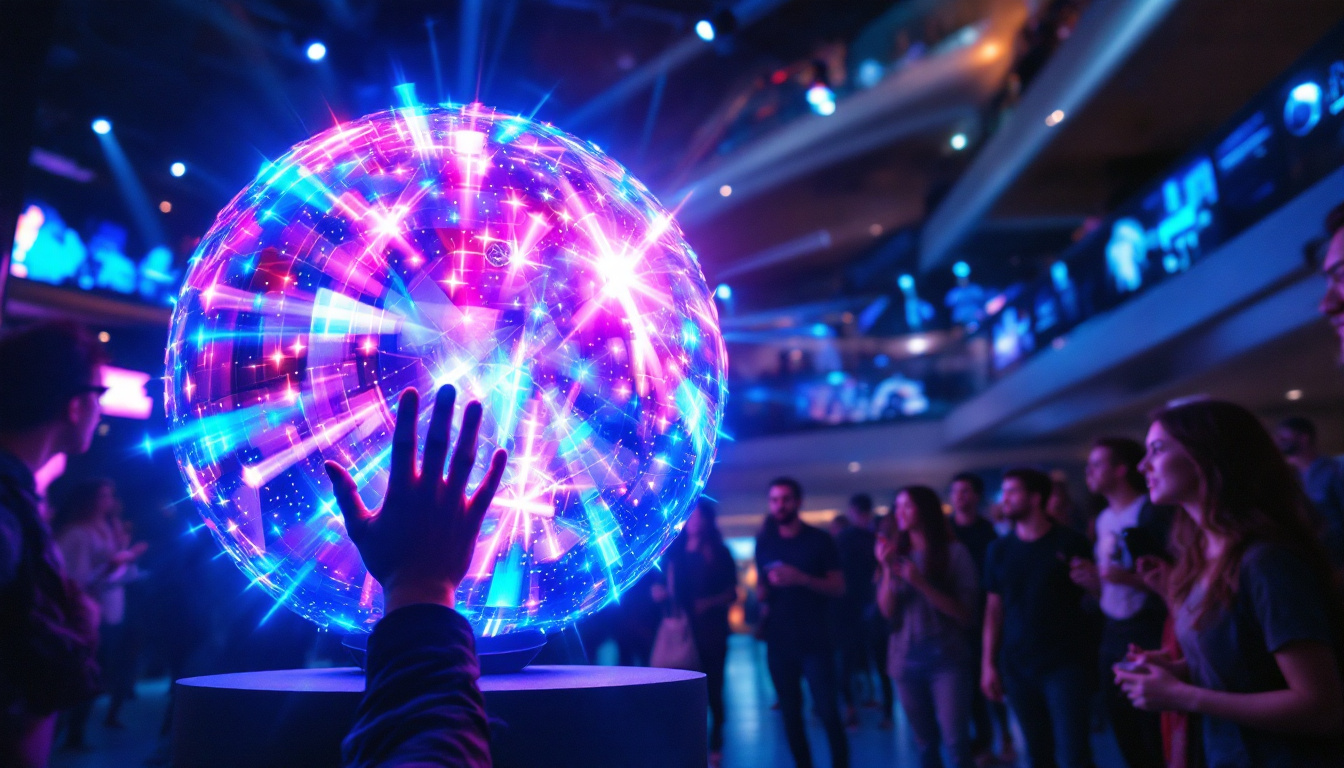In the dynamic world of advertising, the visual impact of billboard images plays a crucial role in capturing the attention of potential customers. Among the various formats available, LED displays have emerged as a leading choice for advertisers seeking to maximize their outreach. This article delves into the intricacies of LED billboard advertising, exploring its advantages, technology, and best practices for effective implementation.
Understanding LED Billboards
LED billboards are large-scale digital displays that utilize light-emitting diodes (LEDs) to present vibrant and dynamic advertisements. Unlike traditional billboards, which rely on static images, LED displays can showcase a series of images and videos, allowing for a more engaging viewer experience. This capability not only enhances the visual appeal but also enables advertisers to convey more information in a shorter amount of time. The ability to change content frequently means that advertisers can keep their messaging fresh and relevant, capturing the attention of passersby in a way that static ads simply cannot.
The Technology Behind LED Displays
At the heart of LED billboards is a complex array of diodes that emit light when an electric current passes through them. These diodes are arranged in a grid format, forming pixels that together create a cohesive image. The resolution of an LED billboard is determined by the pixel pitch, which is the distance between the centers of two adjacent pixels. A smaller pixel pitch results in higher resolution and clearer images, making it ideal for close viewing. This technology allows for stunning visuals that can be seen from great distances, making LED billboards a popular choice in urban environments where competition for attention is fierce.
Additionally, LED technology allows for brightness adjustments based on ambient light conditions. This adaptability ensures that advertisements remain visible and impactful, whether it’s day or night. Furthermore, advancements in LED technology have led to improved energy efficiency, making these displays a more sustainable option for advertisers. The longevity of LED lights also means reduced maintenance costs, as they typically last much longer than traditional lighting solutions, further enhancing their appeal to businesses looking to maximize their advertising budgets.
Advantages of LED Billboards
LED billboards offer numerous advantages over traditional advertising formats. One of the most significant benefits is their ability to display dynamic content. Advertisers can rotate multiple advertisements throughout the day, allowing for greater flexibility in messaging and targeting different demographics at various times. This capability is particularly beneficial for businesses that want to reach a diverse audience, as they can tailor their messages to suit different times of day or specific events happening in the area.
Moreover, LED displays can be programmed to change content in real-time, enabling advertisers to respond quickly to market trends or events. For instance, a billboard can promote a special sale during a local event, maximizing its relevance and effectiveness. This level of adaptability is a game-changer in the fast-paced world of advertising. Additionally, the interactive potential of LED billboards can be harnessed through the integration of social media feeds or live updates, creating a two-way communication channel with the audience. This engagement not only enhances brand visibility but also fosters a sense of community and connection among viewers, making the advertising experience more immersive and memorable.
Effective Use of LED Billboards
To harness the full potential of LED billboards, advertisers must consider several factors when designing their campaigns. The effectiveness of a billboard is not solely determined by its technology but also by the creativity and strategy behind its content.
Design Principles for LED Advertisements
When creating advertisements for LED displays, simplicity is key. Given the brief attention span of viewers, it is essential to convey a clear message quickly. Advertisements should feature bold visuals and concise text, ensuring that the core message is easily understood at a glance.
Color contrast plays a vital role in capturing attention. Bright, contrasting colors can make an advertisement stand out, while also enhancing readability. Additionally, incorporating motion or animation can draw the eye, but it should be used judiciously to avoid overwhelming viewers.
Targeting and Timing
Effective targeting is crucial for maximizing the impact of LED billboard advertising. Understanding the demographics of the audience in a specific location can guide content creation. For instance, a billboard located near a college campus may benefit from promoting student discounts or events, while one near a shopping district might focus on retail sales.
Timing also plays a significant role in the effectiveness of advertisements. Billboards can be programmed to display different content at various times of the day, ensuring that the messaging aligns with the audience’s habits. Morning commuters may respond better to coffee promotions, while evening viewers might be more interested in dining options.
Measuring Success in LED Advertising
To ensure that LED billboard campaigns are effective, advertisers must establish metrics for success. Unlike traditional billboards, which often rely on estimates of impressions, LED displays offer more precise data collection capabilities.
Analytics and Performance Tracking
Many modern LED billboards are equipped with analytics tools that track viewer engagement. These tools can measure impressions, dwell time, and even audience demographics, providing valuable insights into the effectiveness of the advertising campaign. By analyzing this data, advertisers can refine their strategies and make informed decisions for future campaigns.
Additionally, integrating social media and digital marketing strategies can enhance the reach of LED billboard campaigns. Encouraging viewers to engage with the content online can create a more immersive brand experience and foster community interaction.
Case Studies of Successful LED Campaigns
Examining successful LED billboard campaigns can provide valuable lessons for advertisers. For instance, a well-known beverage brand utilized LED displays to launch a new product line, featuring vibrant visuals and interactive elements that encouraged viewers to share their experiences on social media. This multi-channel approach not only increased brand awareness but also drove sales significantly.
Another example includes a local theater that used LED billboards to promote upcoming shows. By rotating advertisements based on the time of day and audience demographics, the theater saw a marked increase in ticket sales and community engagement. These case studies illustrate the potential of LED advertising when executed thoughtfully.
Challenges and Considerations
While LED billboards present numerous advantages, there are also challenges and considerations that advertisers must navigate. Understanding these factors can help in developing more effective advertising strategies.
Regulatory and Compliance Issues
One of the primary challenges associated with LED billboard advertising is navigating local regulations and compliance issues. Many municipalities have specific guidelines regarding the placement, brightness, and content of digital displays. Advertisers must ensure that their campaigns adhere to these regulations to avoid fines or removal of their advertisements.
Additionally, some areas may have restrictions on the types of content that can be displayed, particularly in residential neighborhoods. It is crucial for advertisers to conduct thorough research and collaborate with local authorities to ensure compliance.
Costs and Investment
Investing in LED billboard advertising can be significant, particularly for high-quality displays with advanced technology. While the long-term benefits often outweigh the initial costs, advertisers must carefully consider their budget and return on investment (ROI) when planning campaigns.
Additionally, ongoing maintenance and operational costs should be factored into the overall investment. Regular maintenance is essential to ensure that the display operates optimally and continues to attract viewers. Budgeting for these expenses can help advertisers avoid unexpected costs down the line.
The Future of LED Billboard Advertising
As technology continues to evolve, the future of LED billboard advertising looks promising. Innovations in display technology, data analytics, and audience engagement are set to redefine how advertisers connect with their target markets.
Emerging Technologies
Advancements in augmented reality (AR) and virtual reality (VR) are beginning to influence the advertising landscape. Future LED billboards may incorporate these technologies to create immersive experiences that engage viewers on a deeper level. For instance, an AR-enabled billboard could allow viewers to interact with the advertisement using their smartphones, creating a memorable and engaging experience.
Moreover, the integration of artificial intelligence (AI) into advertising strategies can enhance targeting and personalization. AI algorithms can analyze viewer data in real-time, allowing for tailored content that resonates with specific audiences. This level of customization could significantly improve the effectiveness of LED billboard campaigns.
Sustainability and Eco-Friendly Practices
As environmental concerns continue to rise, the advertising industry is increasingly focusing on sustainability. LED technology is already more energy-efficient than traditional displays, but future innovations may lead to even more eco-friendly solutions. Advertisers are likely to prioritize sustainable practices, such as using recyclable materials for billboard structures and reducing energy consumption.
By embracing sustainability, advertisers can not only reduce their environmental impact but also appeal to the growing demographic of eco-conscious consumers.
Conclusion
LED billboard advertising represents a powerful tool for brands looking to make a lasting impression on their audience. With their dynamic content capabilities, adaptability, and engaging visuals, LED displays have transformed the landscape of outdoor advertising. By understanding the technology, design principles, and effective strategies, advertisers can harness the full potential of LED billboards to achieve their marketing goals.
As the industry continues to evolve, staying informed about emerging technologies and best practices will be crucial for advertisers seeking to maintain a competitive edge. By embracing innovation and prioritizing audience engagement, brands can create impactful advertising campaigns that resonate with consumers and drive results.
Discover LumenMatrix’s Innovative LED Solutions
Ready to elevate your advertising strategy with the latest in LED display technology? Look no further than LumenMatrix. As a pioneer in the industry, we offer an extensive range of LED display solutions tailored to meet your unique needs. From captivating Indoor and Outdoor LED Wall Displays to dynamic Vehicle and Sports LED Displays, our products are designed to make your brand shine. Experience the future of visual communication with our Custom, All-in-One, and Transparent LED Displays. Don’t miss the opportunity to transform your brand’s visibility and audience engagement. Check out LumenMatrix LED Display Solutions today and start creating unforgettable visual experiences.

